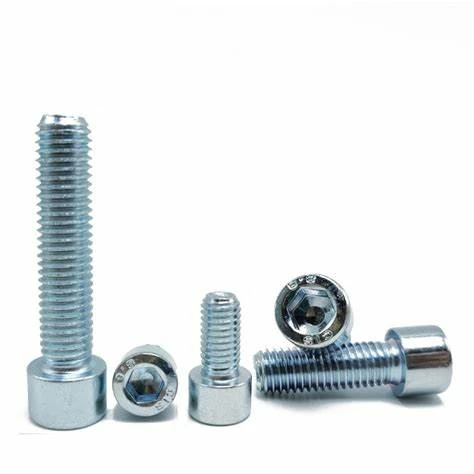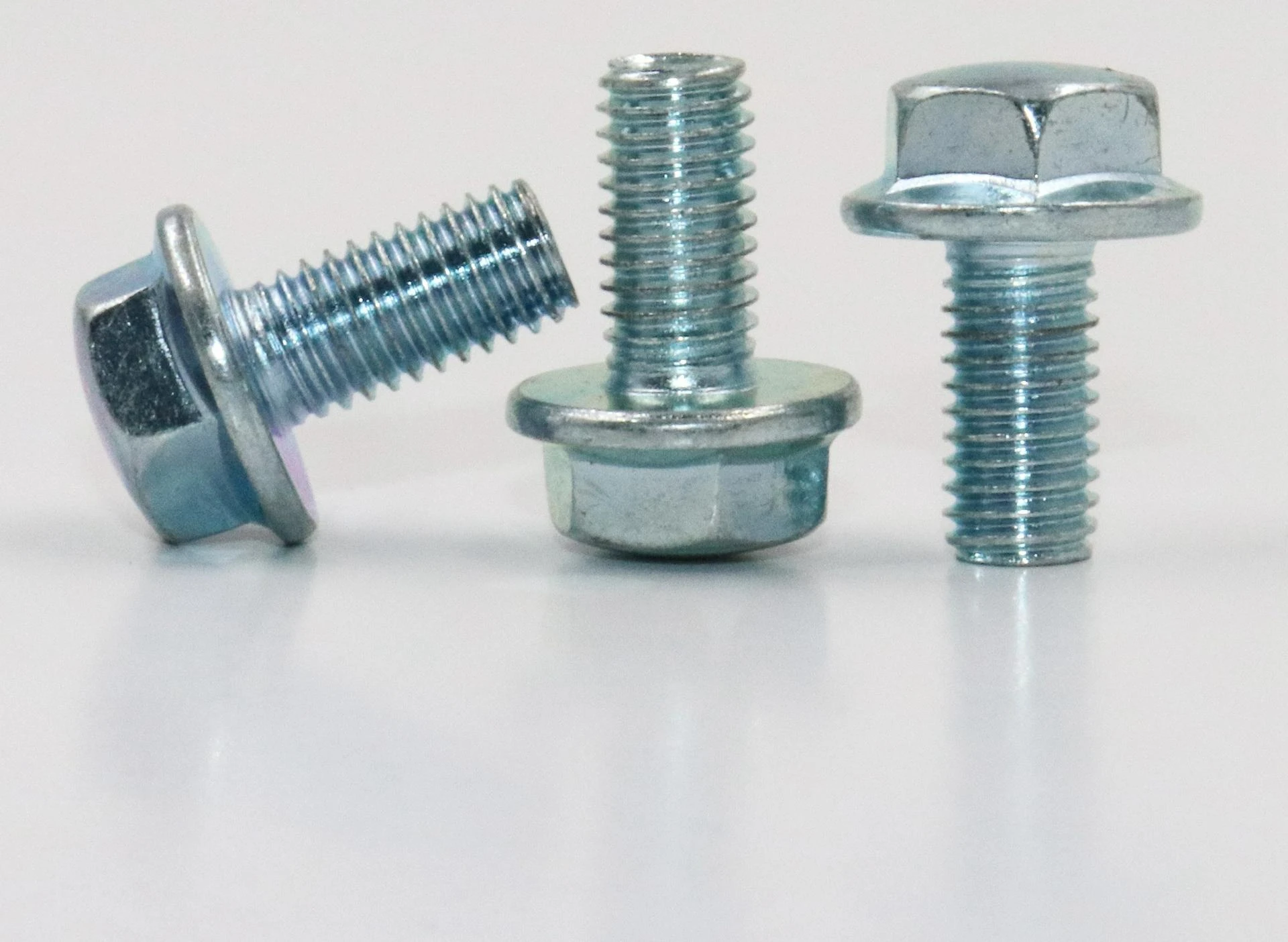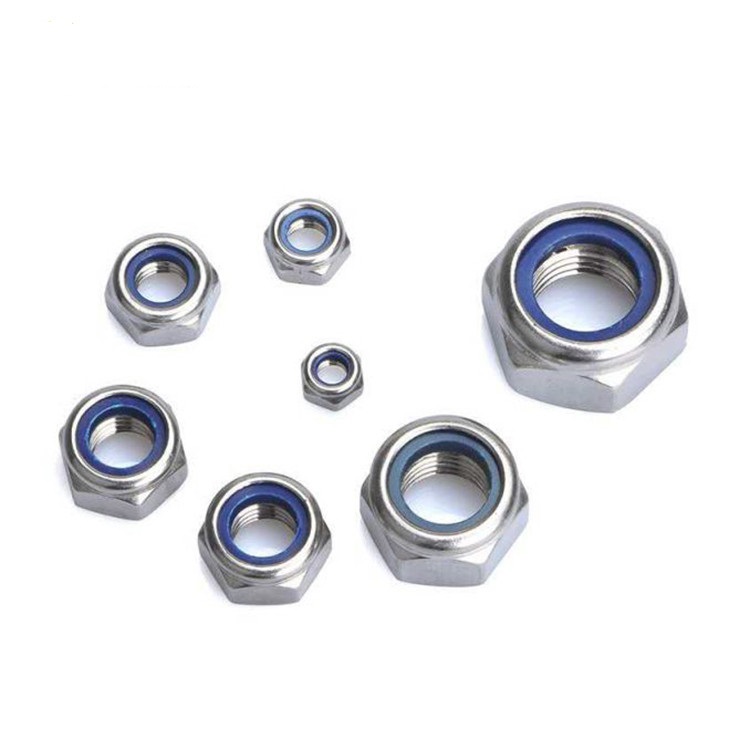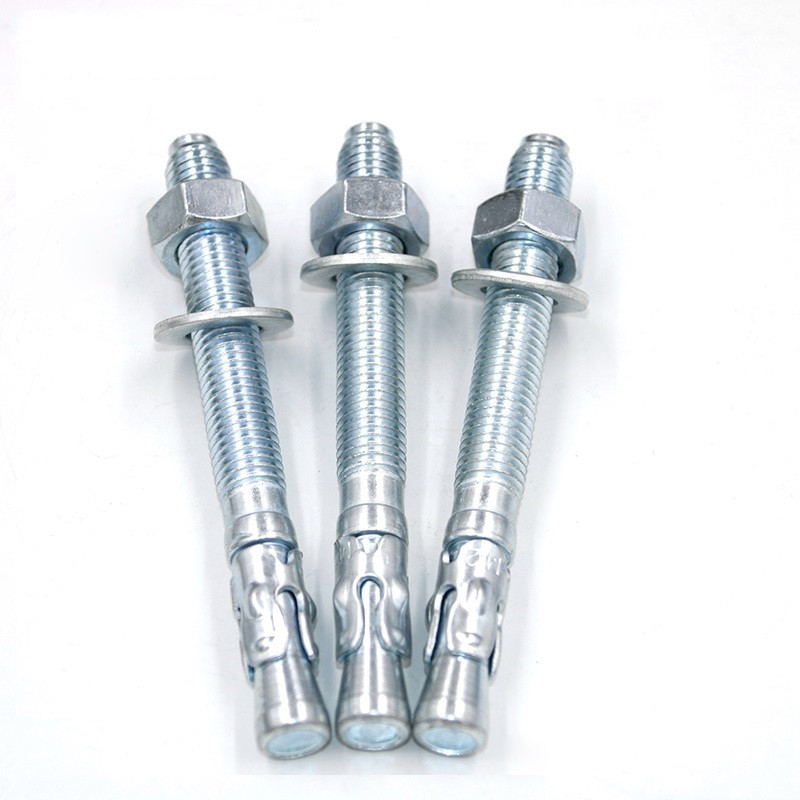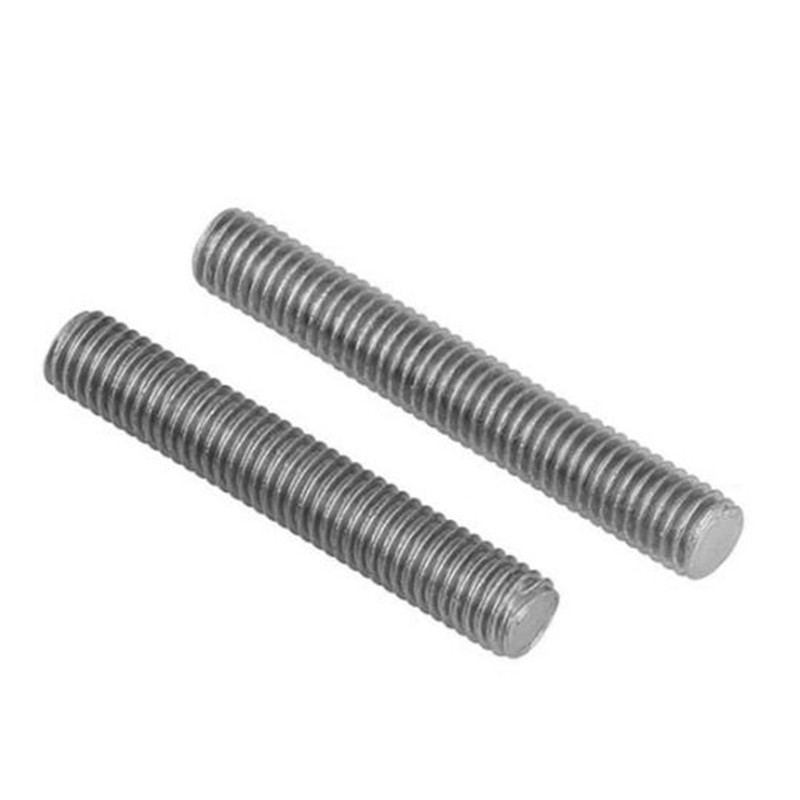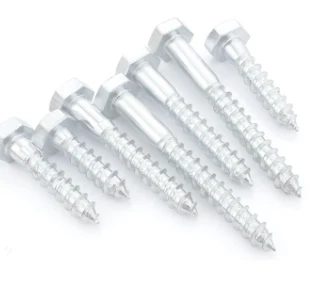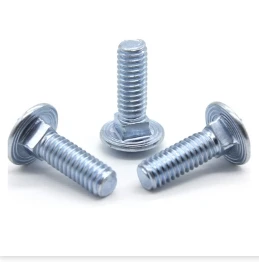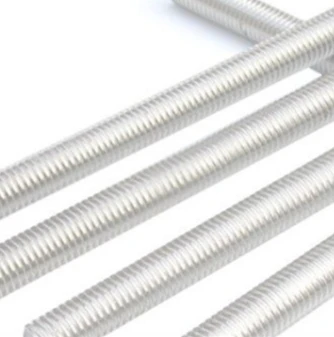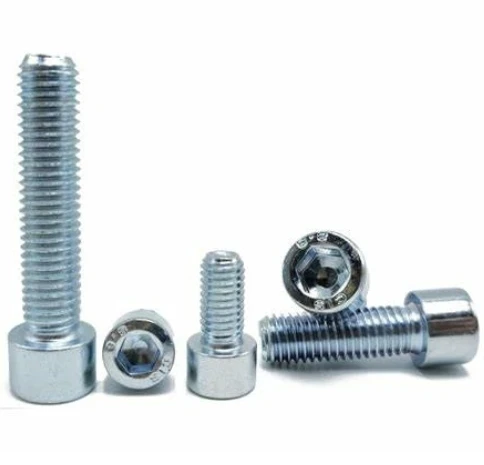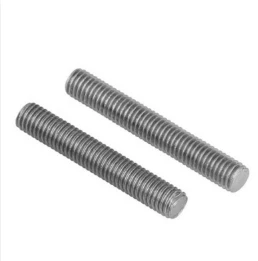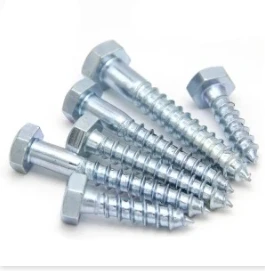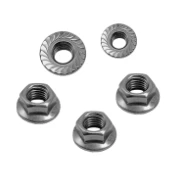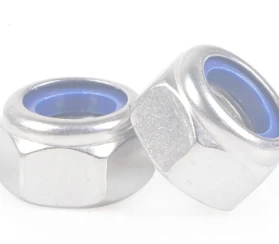Understanding the Core of Secure Fastening: Drop-in Anchors
In the realm of robust construction and industrial applications, the integrity of structural connections is paramount. Among the diverse fastening solutions, drop in anchors stand out as a highly reliable choice for anchoring into solid concrete, masonry, and stone. These internal thread anchors are engineered to provide a flush, secure fixture, making them ideal for overhead applications or where a clear, unobstructed surface is required after installation. Their design allows for easy bolt insertion and removal, offering flexibility in assembling and disassembling structures. This section delves into the fundamental design principles and the critical role these anchors play in ensuring the long-term stability and safety of various installations across numerous industries. Understanding their mechanics is crucial for selecting the right fastener for demanding environments.
The versatility of drop in concrete anchors is evident in their widespread use, from suspending overhead utility lines and HVAC systems to mounting heavy machinery and safety railings. Their internal expansion mechanism, activated by a setting tool, ensures a strong grip within the base material, providing exceptional pull-out resistance. This secure engagement minimizes the risk of structural failure, even under significant dynamic loads. Manufacturers often provide detailed load ratings, which are crucial for engineers and construction professionals to calculate the precise number and type of anchors needed for specific projects, adhering to industry best practices and safety standards. This foundational knowledge is essential for optimizing project efficiency and material longevity.
Precision Engineering: The Manufacturing Process of Galvanized Carbon Steel Anchors
The production of high-quality drop in anchors, particularly those made from galvanized carbon steel, involves a sophisticated multi-stage manufacturing process to ensure superior strength, durability, and corrosion resistance. The journey begins with the selection of premium carbon steel, known for its excellent tensile strength and ductility. This raw material undergoes precise cutting and forming, often utilizing cold forging or CNC machining to achieve the intricate internal threading and external knurling required for optimal expansion and grip. Cold forging enhances the material's grain structure, improving its mechanical properties and fatigue resistance, which is critical for fasteners exposed to varying loads. This meticulous approach guarantees consistency and reliability in every single anchor produced.
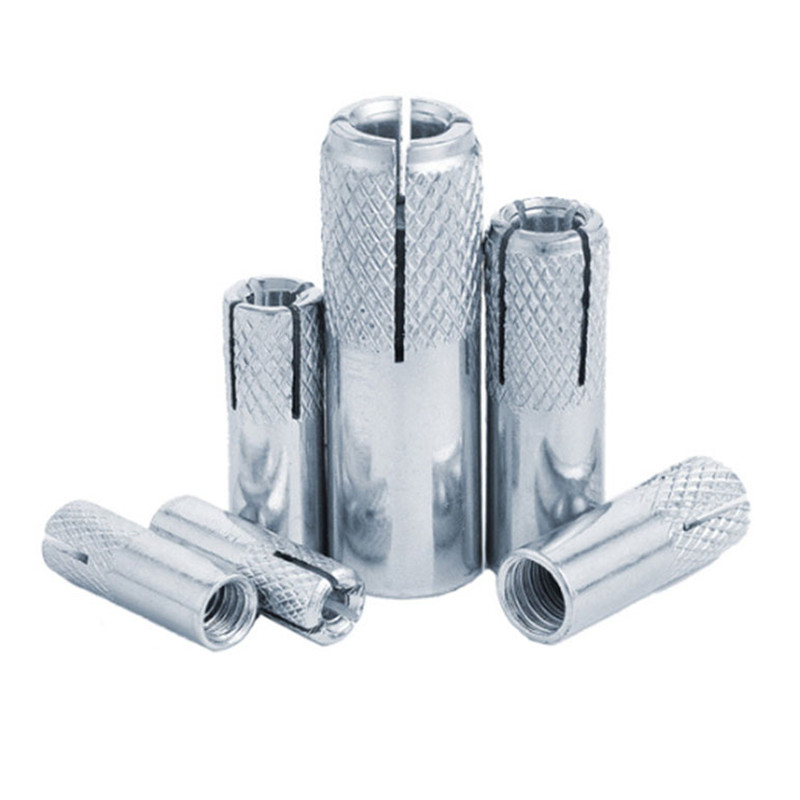
Following the primary shaping, the anchors typically undergo heat treatment, such as quenching and tempering, to achieve the desired hardness and toughness, preventing brittle fracture under stress. A crucial step for Galvanized Carbon Steel Anchors is the hot-dip galvanization process. This involves immersing the steel anchors in a bath of molten zinc, creating a metallurgically bonded coating that provides a robust barrier against rust and corrosion, significantly extending the product's service life, especially in harsh outdoor or industrial environments. Each batch of anchors then undergoes rigorous quality control, including dimensional checks, thread gauging, pull-out strength tests, and salt spray tests to conform to international standards like ISO 9001 and ANSI specifications. This comprehensive process ensures that each anchor, whether a 3/8 drop in anchor or a 1/2 drop in anchor, meets the highest performance criteria for critical applications.
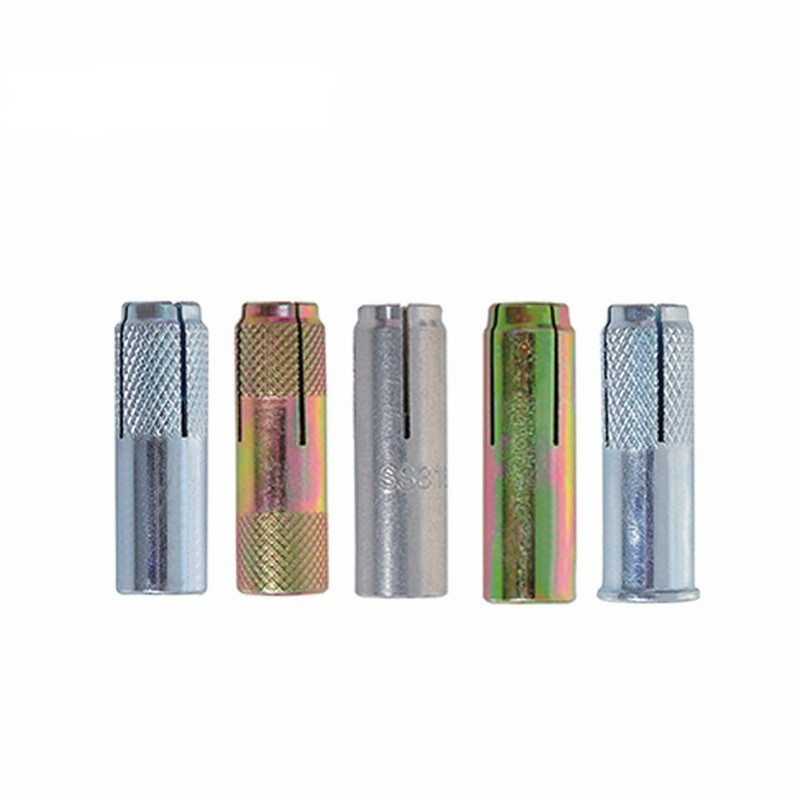
Key Technical Parameters and Performance Specifications
Selecting the appropriate drop in anchor requires a thorough understanding of its technical parameters, which dictate its suitability for specific loads and base materials. Critical parameters include anchor diameter, drill bit size, embedment depth, and ultimate tensile and shear strengths. For instance, a 1/4 drop in anchor will have significantly different load capacities compared to a 3/4 drop in anchor. Load values are typically presented as ultimate loads, which are then factored down to allowable working loads based on safety factors mandated by building codes and engineering standards. These factors account for variations in concrete strength, installation quality, and environmental conditions, ensuring that the anchor performs reliably over its intended service life. Engineers commonly refer to manufacturers' data sheets, which include detailed tables and charts derived from extensive testing.
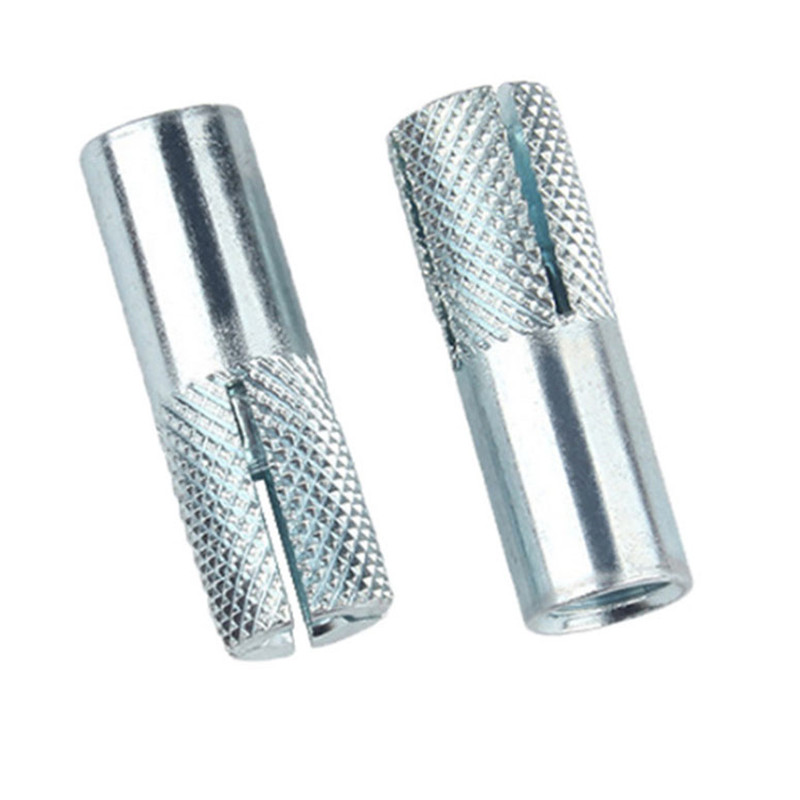
Below is a representative table outlining common specifications for Galvanized Carbon Steel Anchors, reflecting typical industry standards. These specifications are crucial for design professionals to ensure compliance with relevant construction codes and to guarantee the structural integrity of the anchored system. It's important to note that actual performance can vary based on the specific concrete strength, installation technique, and presence of rebar, requiring on-site verification and adherence to manufacturer guidelines. Our Galvanized Carbon Steel Anchors are engineered to meet or exceed these performance benchmarks, providing a reliable foundation for your projects.
Typical Specifications for Galvanized Carbon Steel Drop-in Anchors
| Anchor Size | Drill Bit Diameter (in) | Min. Embedment (in) | Internal Thread (UNC) | Ultimate Tensile Load (lbs) | Ultimate Shear Load (lbs) |
|---|---|---|---|---|---|
| 1/4 inch | 3/8 | 1.0 | 1/4-20 | 1,200 | 900 |
| 3/8 inch | 1/2 | 1.5 | 3/8-16 | 2,800 | 2,100 |
| 1/2 inch | 5/8 | 2.0 | 1/2-13 | 4,500 | 3,400 |
| 3/4 inch | 1 | 2.5 | 3/4-10 | 8,000 | 6,000 |
Note: Ultimate loads are based on testing in 4000 psi uncracked concrete. Allowable working loads typically require a safety factor of 4:1. Consult local building codes and specific project requirements for final design.
Diverse Applications Across Key Industries
The inherent strength and flush installation of drop in concrete anchors make them indispensable across a wide array of demanding industrial sectors. In the petrochemical industry, where infrastructure is often exposed to corrosive agents and extreme temperatures, galvanized carbon steel anchors provide critical stability for pipe supports, conduit systems, and instrumentation panels. Their robust corrosion resistance ensures long-term integrity, minimizing maintenance and enhancing operational safety. Similarly, in metallurgical plants, which involve heavy machinery and vibrations, these anchors reliably secure equipment, reducing the risk of displacement and ensuring continuous, safe operation. The ability of drop in anchors to maintain their structural integrity under harsh conditions contributes significantly to the reliability of industrial processes.
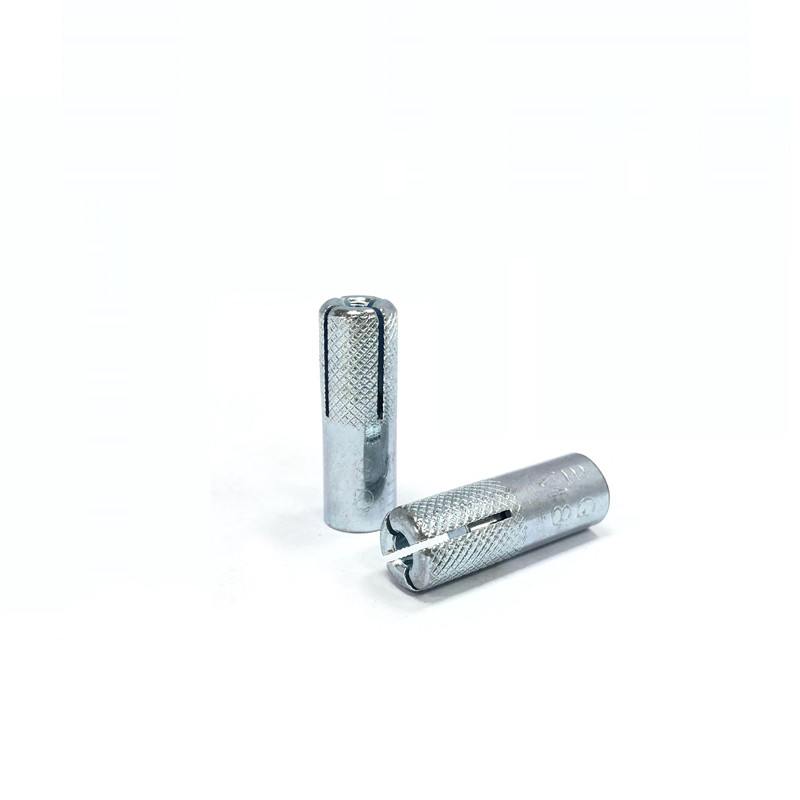
For water supply and drainage systems, including large-scale pumping stations and wastewater treatment facilities, the durability and anti-corrosion properties of galvanized anchors are paramount. They are used to fasten heavy pumps, pipelines, and control panels to concrete foundations, with their anti-corrosion coating crucial for preventing degradation in moisture-rich and chemically aggressive environments. Beyond these specialized sectors, drop in anchors are fundamental in general construction for suspending fire sprinkler systems, HVAC ducts, electrical conduits, and ceiling grids. Their ease of installation, coupled with high load-bearing capacities for sizes like the 1/2 drop in anchor or 3/4 drop in anchor, makes them a preferred choice for overhead installations where efficiency and safety are critical. This wide range of applications underscores their versatility and essential role in modern infrastructure development.
Advantages of Galvanized Carbon Steel Drop-in Anchors
The selection of galvanized carbon steel for our drop in anchors is driven by several distinct advantages that cater to the rigorous demands of B2B applications. Firstly, the superior corrosion resistance imparted by the hot-dip galvanization process significantly extends the service life of the anchor, particularly in outdoor, damp, or chemically exposed environments. This protective zinc layer forms a metallurgical bond with the steel, offering both barrier and sacrificial protection, which is far more effective than mere paint or electroplated coatings. This translates directly into reduced maintenance costs and enhanced long-term structural integrity, offering substantial economic benefits over the lifecycle of a project.
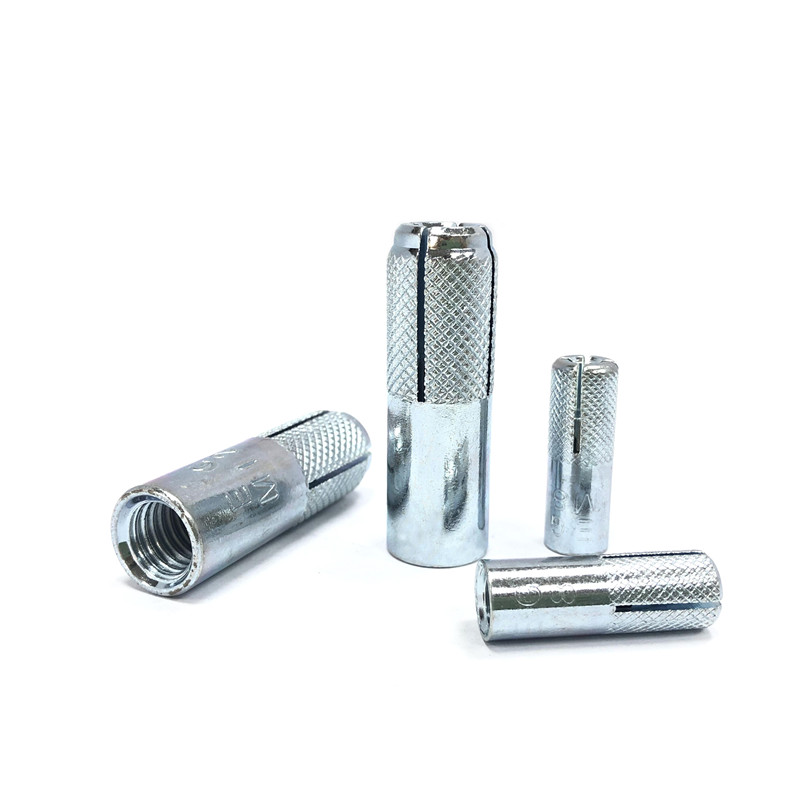
Secondly, the high strength and durability of carbon steel, reinforced by precise manufacturing processes, ensure exceptional load-bearing capabilities. Whether it's a 3/8 drop in anchor or a larger 3/4 drop in anchor, these fasteners are designed to withstand significant tensile and shear forces, providing secure anchoring for heavy loads. Thirdly, the ease and efficiency of installation of drop in concrete anchors contribute to faster project completion times. The flush mount design, allowing the anchor to be set below the surface of the concrete, prevents tripping hazards and provides a clean aesthetic, making it ideal for high-traffic areas or environments where aesthetics are important. This combination of robust performance, extended lifespan, and practical installation makes galvanized carbon steel anchors an optimal solution for critical fastening needs.
Tailored Solutions and Customization Capabilities
Recognizing that standard products may not always meet the unique demands of every project, we offer comprehensive customization solutions for drop in anchors. Our engineering team collaborates closely with clients to develop tailored anchor specifications, addressing specific material requirements, load capacities, and environmental challenges. This includes variations in internal thread sizes, body lengths, and specialized coatings beyond standard galvanization for extreme conditions. Through advanced CAD modeling and simulation, we can optimize anchor designs for specific concrete compositions or dynamic loading scenarios, ensuring optimal performance and compliance with project-specific certifications. This bespoke approach minimizes risks and maximizes the efficiency of complex installations.
Our expertise extends to providing custom packaging solutions and logistical support to large-scale industrial clients, ensuring timely delivery and efficient site management. We have a track record of supporting diverse projects, from large-scale infrastructure developments to specialized industrial equipment installations, consistently meeting stringent deadlines and quality benchmarks. Client feedback consistently highlights our ability to deliver precise, high-performance fastening solutions that integrate seamlessly into their complex engineering designs. One notable service case involved providing custom-sized drop in concrete anchors for a new bridge expansion joint system, requiring specific thread depths and corrosion resistance for a marine environment, which we delivered ahead of schedule, ensuring the project progressed smoothly.
Ensuring Trust: Quality Assurance and Customer Support
Our commitment to quality is foundational, ensuring that every drop in anchor we produce meets the highest industry standards for reliability and safety. We adhere strictly to an ISO 9001 certified quality management system, covering every stage from raw material procurement to final product inspection. All batches undergo rigorous mechanical testing, including ultimate tensile strength, shear strength, and proof load tests, often exceeding ANSI/ASTM specifications. We provide comprehensive test reports and material certifications for all our products, offering full traceability and transparency. This dedication to verifiable quality ensures that our Galvanized Carbon Steel Anchors are trusted components in critical infrastructure and construction projects globally. Our products typically come with a 5-year material and manufacturing defect warranty, underlining our confidence in their long-term performance.
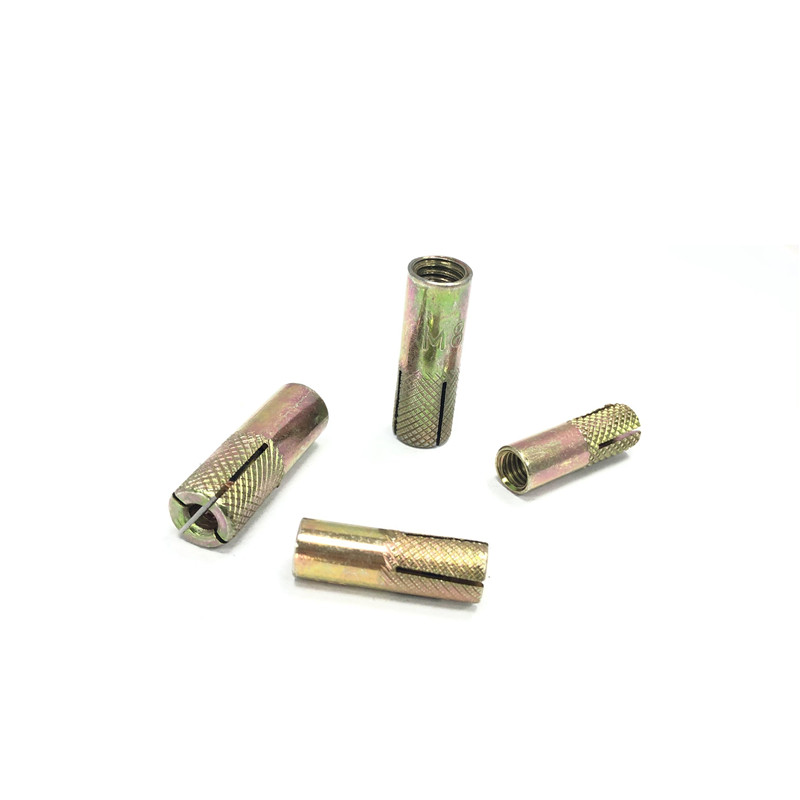
Beyond product quality, we prioritize exceptional customer support. Our dedicated technical support team comprises experienced engineers ready to assist with product selection, installation guidance, and troubleshooting. We understand the critical nature of project timelines and offer flexible delivery schedules, with standard products typically shipped within 3-5 business days for domestic orders and 10-14 days for international shipments, subject to customs clearance. For custom orders or large volumes of drop in anchors, detailed production and delivery schedules are provided upfront. Our commitment extends to comprehensive after-sales service, ensuring that clients receive ongoing support and satisfaction throughout the product's lifespan. We believe that building trust through reliable products and responsive service is paramount in the B2B sector.
Frequently Asked Questions (FAQ) about Drop-in Anchors
- Q: What is the primary advantage of a drop in anchor over other concrete anchors?
A: Drop in anchors offer a flush installation, meaning they sit level with the concrete surface, preventing trip hazards and providing a clean finish. Their internal threading allows for easy removal and re-attachment of fixtures, making them highly versatile for temporary or adjustable installations.
- Q: How do you properly install a drop in concrete anchor?
A: Installation involves drilling a hole of the specified diameter and depth (e.g., for a 1/2 drop in anchor, typically a 5/8" drill bit). The anchor is then inserted flush with the surface, and a setting tool is used to expand the anchor within the hole, creating a secure hold. Ensure the hole is thoroughly cleaned of debris before insertion.
- Q: What is the difference between ultimate load and working load for drop in anchors?
A: Ultimate load refers to the maximum load an anchor can withstand before failure during testing. Working load (or allowable load) is the ultimate load divided by a safety factor (typically 4:1 for concrete anchors). Engineers use working load to ensure safety and prevent failure under real-world conditions.
- Q: Are Galvanized Carbon Steel Anchors suitable for outdoor use?
A: Yes, the hot-dip galvanization process provides excellent corrosion resistance, making these anchors highly suitable for outdoor, damp, and moderately corrosive environments. They perform exceptionally well in applications where prolonged exposure to elements is expected.
- Q: Can drop in anchors be used in cracked concrete?
A: Standard drop in anchors are generally designed for use in uncracked concrete. For applications in cracked concrete, specialized cracked concrete anchors (often distinguished by specific certifications like ICC-ES approval for cracked concrete) are recommended to ensure reliable performance under dynamic loads and structural movement.
References
- American Concrete Institute (ACI). "Building Code Requirements for Structural Concrete (ACI 318) and Commentary."
- American National Standards Institute (ANSI). "ANSI/ASME B1.1 Unified Inch Screw Threads (UN and UNR Thread Form)."
- ASTM International. "Standard Test Methods for Pullout Strength of Anchors in Concrete and Masonry Elements (ASTM E488)."
- ISO (International Organization for Standardization). "ISO 9001 Quality Management Systems – Requirements."
- Galvanizers Association. "Hot Dip Galvanizing: A Guide to the Process, Performance, and Applications."
Post time: Th8 . 15, 2025 05:40


